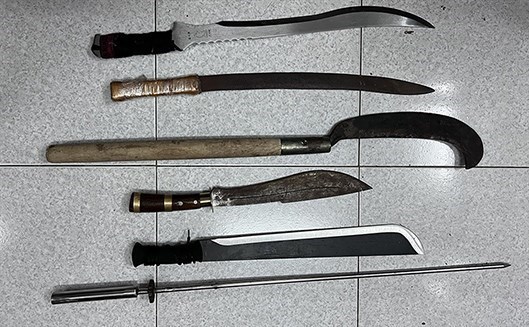
The National Assembly 's Committee on National Defense and Security (NCDS) has just reported on a number of major issues regarding the draft Law on Management and Use of Weapons, Explosives and Support Tools (amended).
In particular, the content related to regulations on highly lethal knives (Clause 5a, Article 3 of the draft Law) received much attention from National Assembly deputies.
Regarding this, the Standing Committee of the National Defense and Security Committee agreed with the addition of highly lethal knives to the draft Law to strengthen management and create a legal basis to prevent and stop illegal acts of using highly lethal knives.
To ensure clarity, strictness, and conformity with the requirements of state management and the fight against crime, based on the opinions of National Assembly deputies, the Standing Committee of the National Defense and Security Committee has revised point b, clause 4 as follows: “b) Knives with high lethality intended for use to commit crimes, cause disturbances, disrupt public order, or oppose agencies, organizations performing tasks, and people performing official duties”.
Accordingly, it is proposed to add Clause 5a, Article 3 to explain the term “highly lethal knife” as follows: “5a. Highly lethal knife is a sharp knife, a pointed knife in the list issued by the Minister of Public Security”.
Based on the explanation of the term "highly lethal knife", the Standing Committee of the National Defense and Security Committee proposed to regulate 3 management regimes for "highly lethal knives" associated with the purpose of use, specifically as follows:
In case of using “highly lethal knives” for labor, production, and daily activities, they are not considered weapons, but must be strictly managed and ensure safety, in order to prevent and stop the risk of being used for illegal purposes.
Accordingly, the Standing Committee of the National Defense and Security Commission proposed adding Article 32a on "management and use of highly lethal knives" to the draft Law, as a basis for handling administrative violations.
In case of performing an act with the purpose of "using it to commit a crime, cause disturbance, disturb public order or oppose the agency, organization performing the task, or the person performing the official duty", it is defined as a primitive weapon (Point b, Clause 4, Article 3).
In case of performing an act with the purpose of "using to illegally infringe or threaten to infringe upon human life and health", it is defined as a military weapon (Point d, Clause 2, Article 3).
On that basis, the Standing Committee of the National Defense and Security Commission coordinated with the Drafting Committee, the Standing Committee of the Law Committee and relevant agencies to revise the provisions in Clauses 2, 3, 4, and 5, Article 3 of the draft Law to suit each type of weapon.
With this provision, acts related to highly lethal knives without motives or purposes as prescribed in Clause 2 or Clause 4, Article 3, will not be subject to administrative or criminal sanctions for acts related to weapons as prescribed in Article 304 and Article 306 of the Penal Code;
Only in cases where it is associated with the purpose of use specified in Clause 2, Article 3 will it be determined as a military weapon or if it is associated with the purpose of use specified in Clause 4, Article 3 will it be determined as a primitive weapon.
Source: https://laodong.vn/thoi-su/truong-hop-nao-su-dung-dao-co-tinh-sat-thuong-cao-bi-coi-la-vu-khi-1356583.ldo



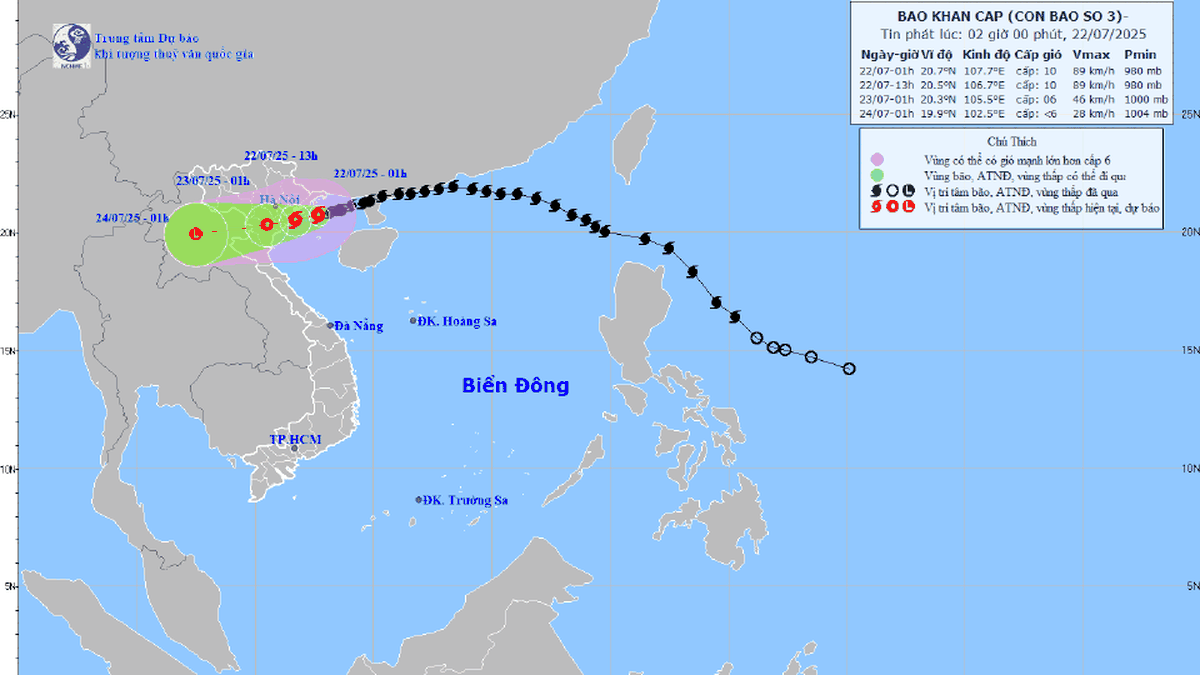

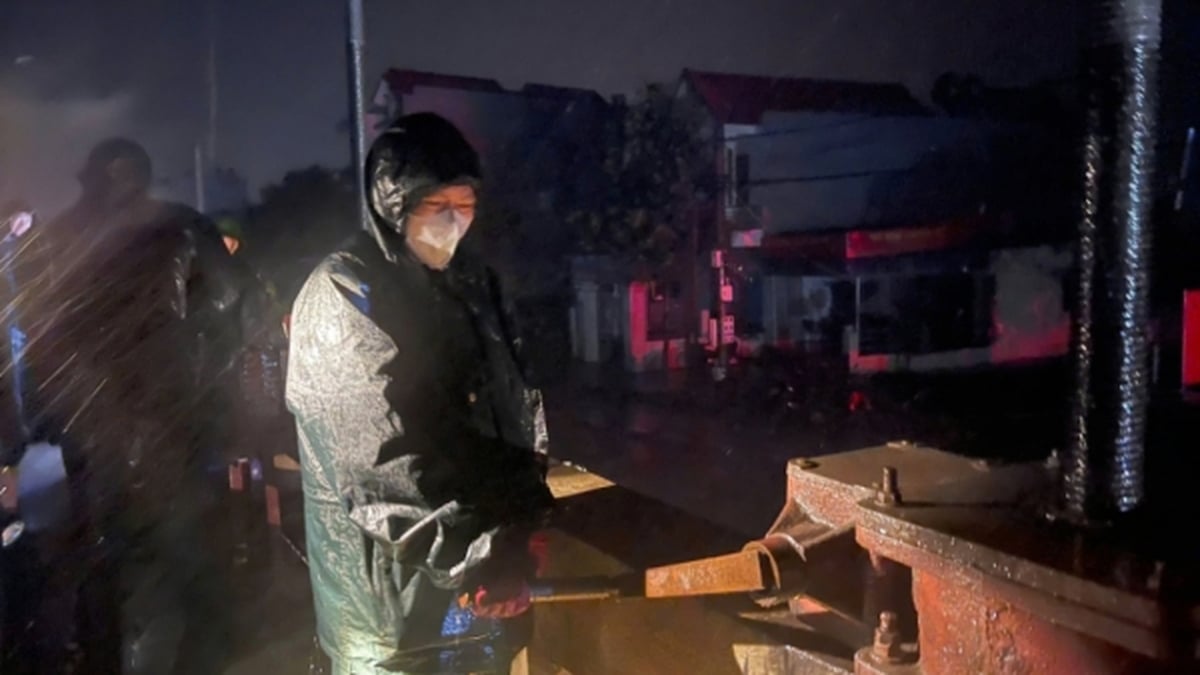



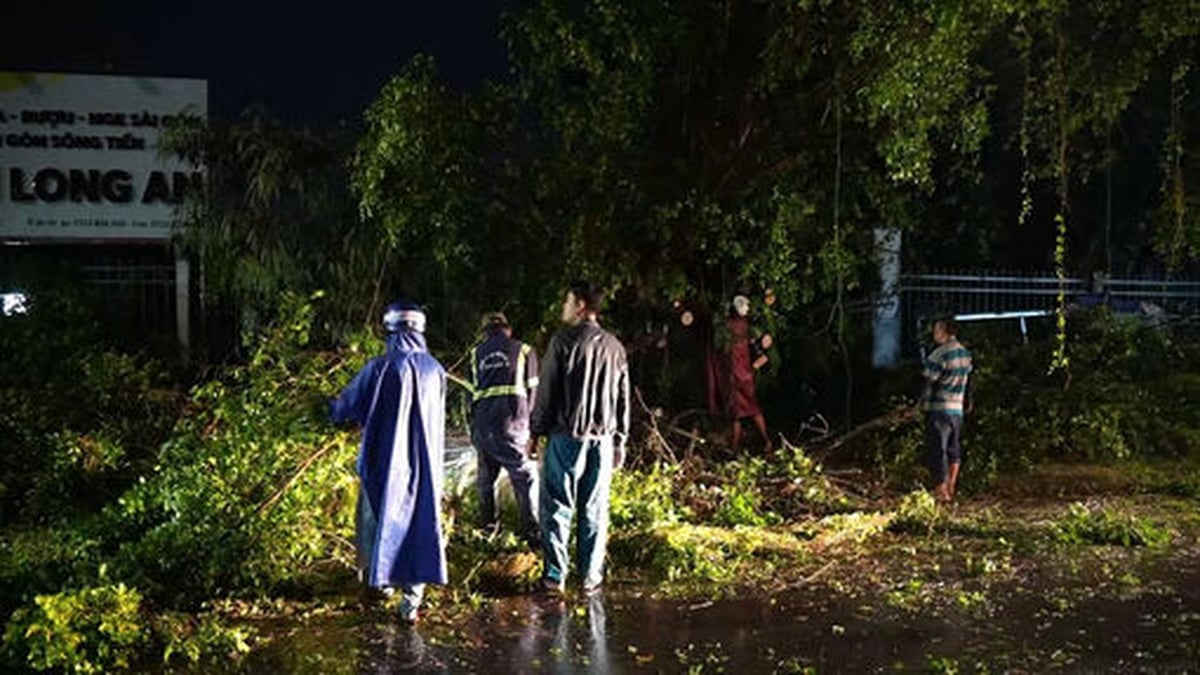
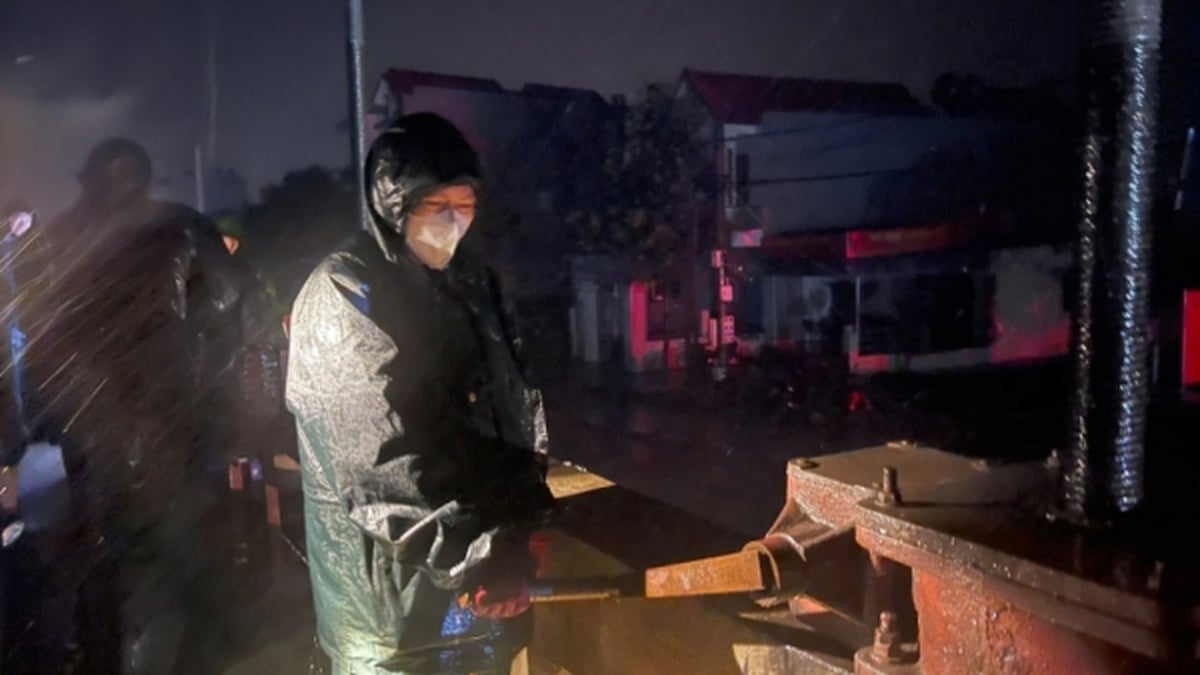
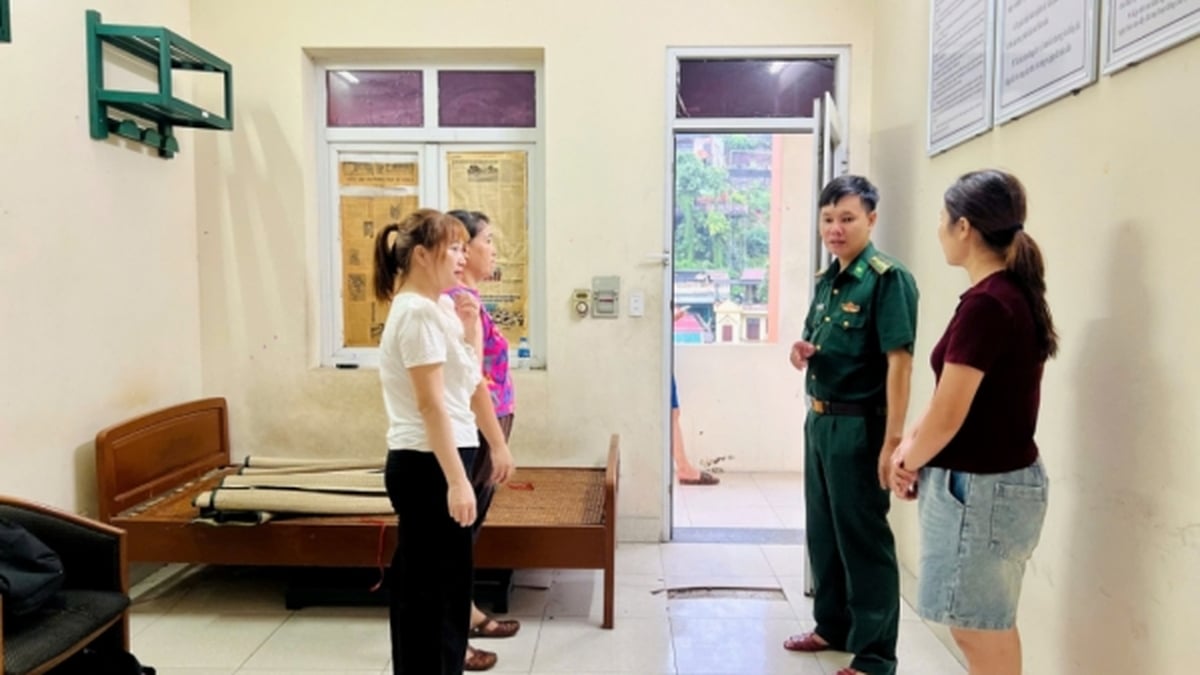


















![[Photo] National Assembly Chairman Tran Thanh Man visits Vietnamese Heroic Mother Ta Thi Tran](https://vphoto.vietnam.vn/thumb/1200x675/vietnam/resource/IMAGE/2025/7/20/765c0bd057dd44ad83ab89fe0255b783)







































































Comment (0)